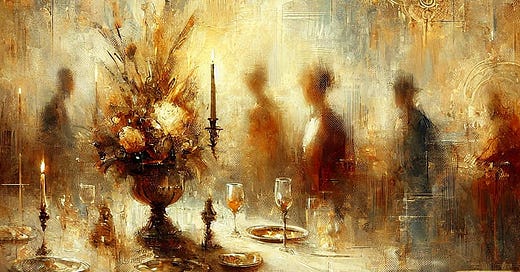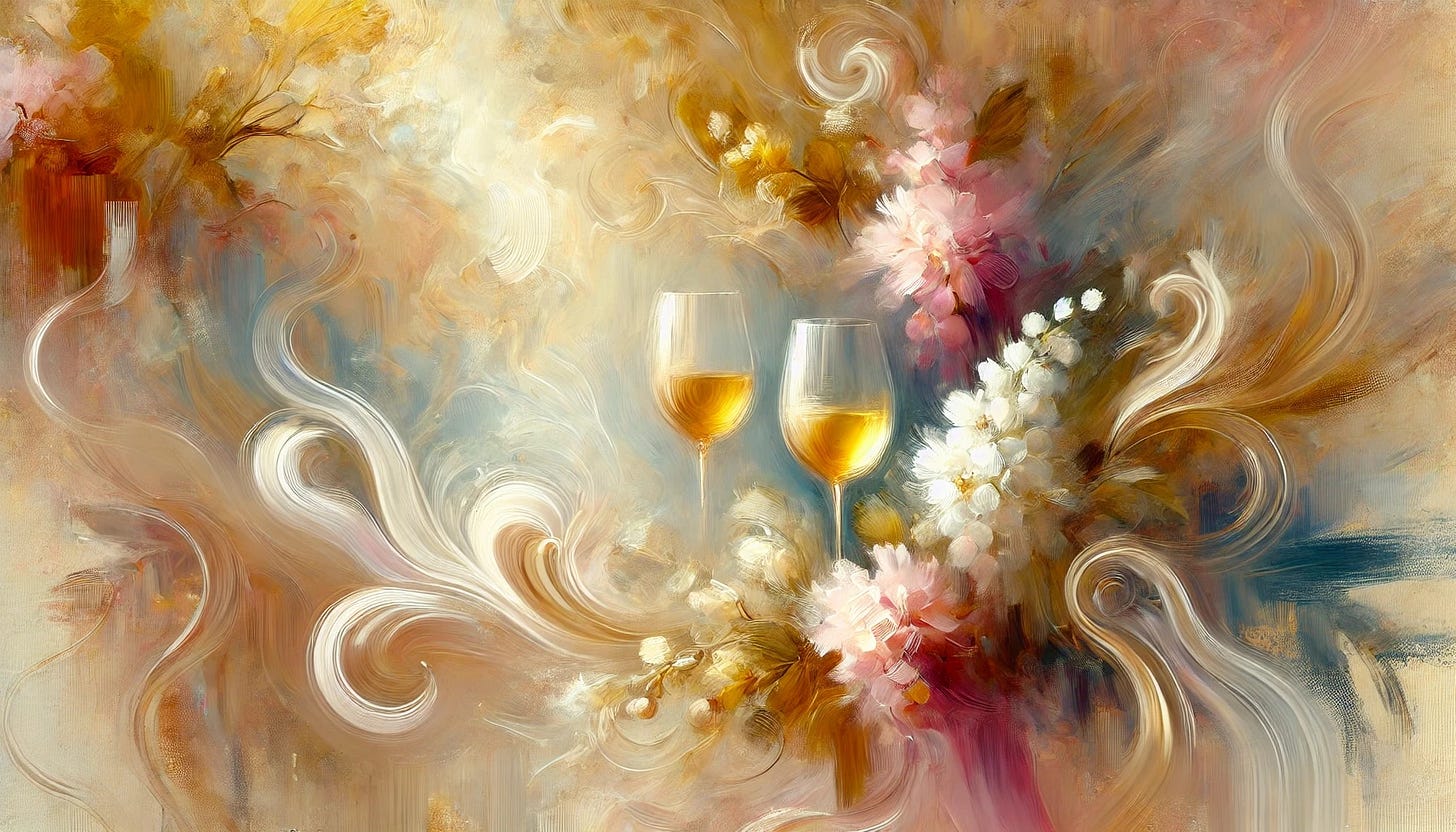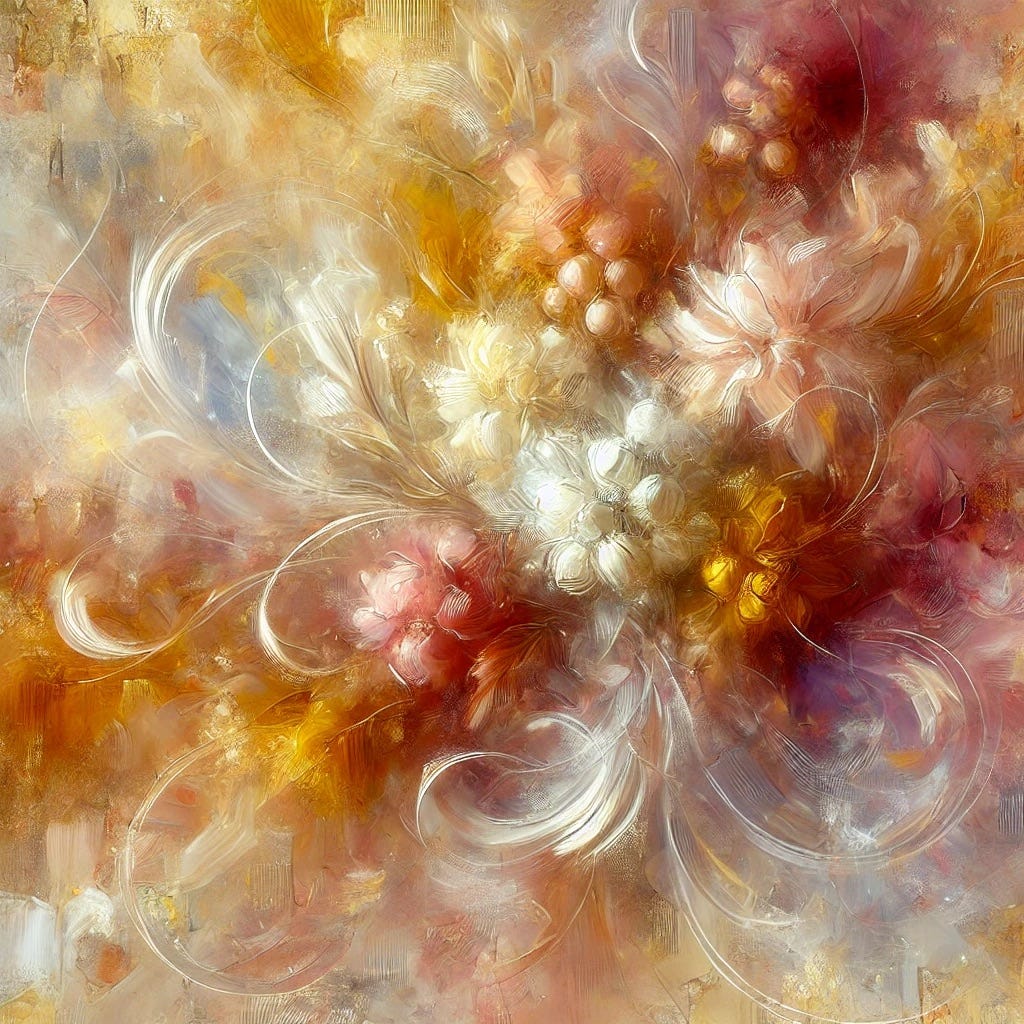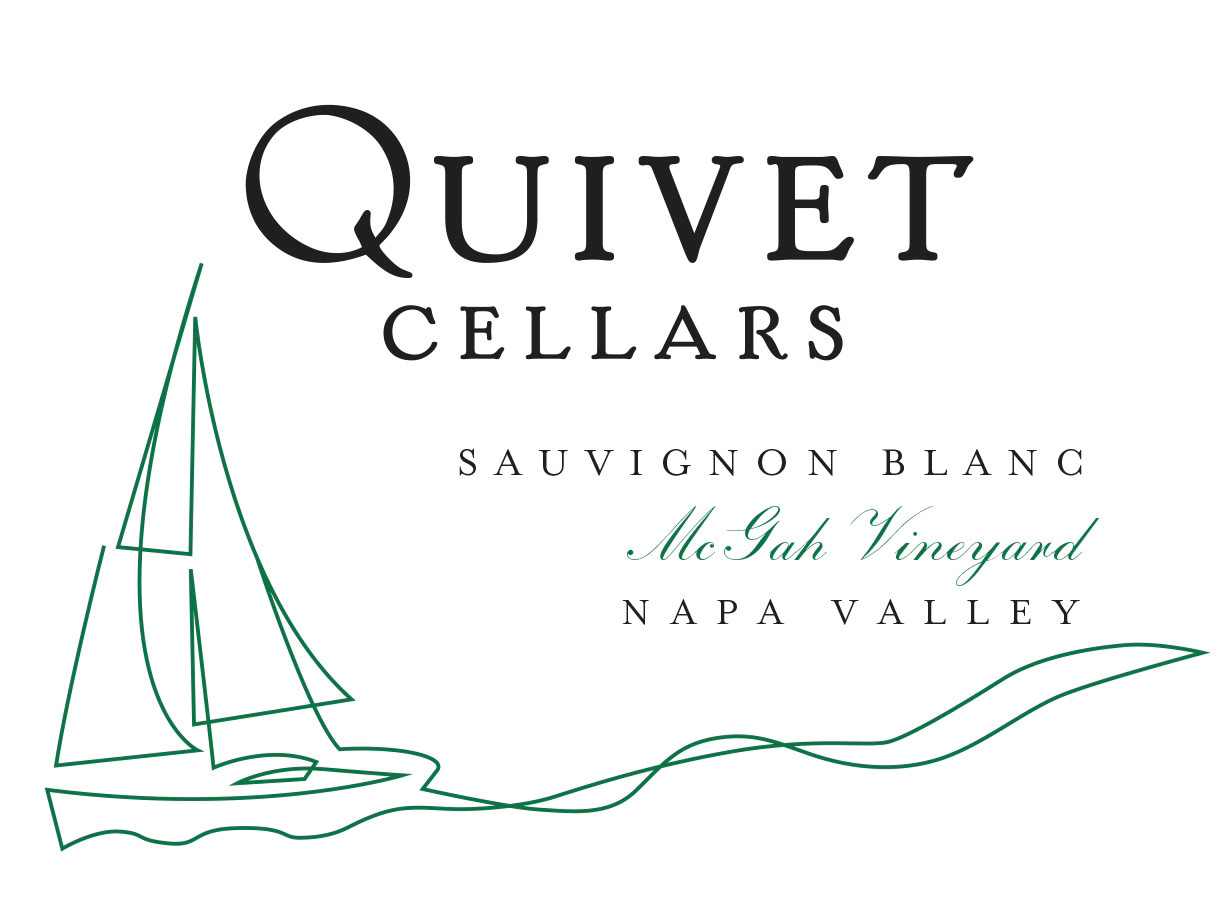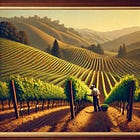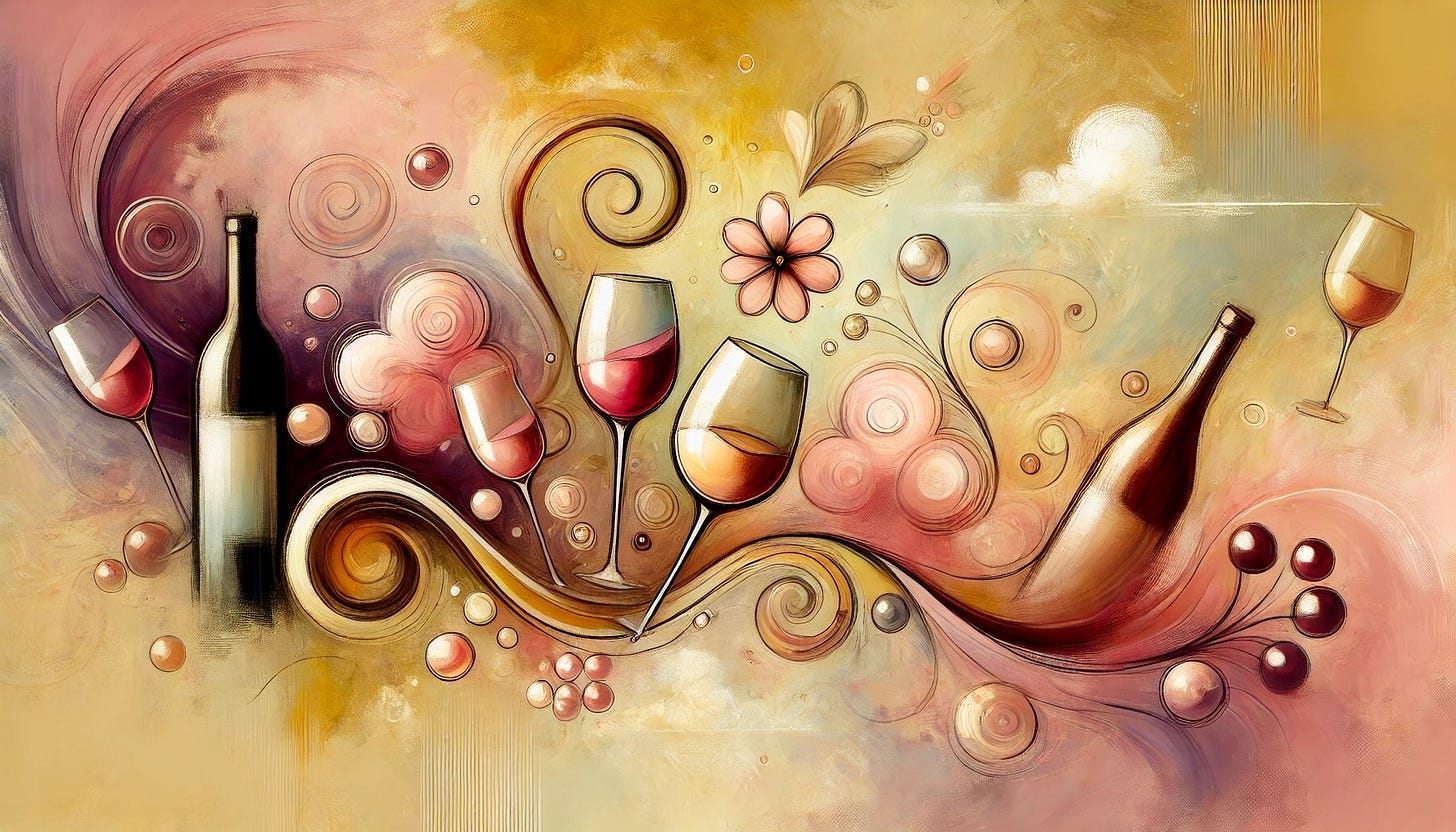Support Napa Valley Features – Become a Paid Subscriber Today
If you’re reading this, you value independent, ad-free journalism that focuses on our region’s stories — reporting that isn’t driven by corporate interests or clickbait. But we can’t do it without you.
Local newsrooms are shrinking, and many publications are being sold, scaled back or consolidated. Your support keeps Napa Valley Features alive.
Join our community of readers who believe in local, quality journalism. Become a paid subscriber today — and if you already are, thank you! Help us grow by liking, commenting and sharing our work.
Dan Berger’s Wine Chronicles: Varietal Precision — Whites
By Dan Berger
NAPA VALLEY, Calif. — The basic aromas of various varietal wines are almost never discussed in social settings because they can be esoteric and not many people (even experts) agree on them.
Discussing the basic aromatic elements of various wines is a cryptic topic that can put casual wine drinkers to sleep. And that explains why numerous wine educators, critics and restaurant wine servers rarely are exposed to the minutiae. Even some winemakers are not particularly knowledgeable about such cryptic descriptors.
But the basic wine aromas, which are unique to each of the different grape varieties when they are harvested at moderate levels of flavor development, can be extremely subtle and subject to interpretations that may be disputed by two experts. (Picked too late, grapes often smell like raisins.)
A recent article here spoke about the smells in wine that are not particularly attractive. But in today’s world, as winemaking has become so sophisticated, most of the aromas are attractive – but rarely discussed on a grape-by-grape basis.
I once heard a discussion between two winemakers about the basic aroma of a pinot noir. They both agreed that a particular wine had a fruit component that was similar to berries. One said strawberry, the other said raspberry. I smelled the wine and said it could be either one.
Even though experts might disagree about the specific terms that ought to be used to describe a particular wine, the basic aromas of popular grapes are what serious wine criticism should begin with, mainly because consumers deserve to get authenticity when they buy a wine that the producer believes delivers quality and style.
I know an assistant winemaker from a winery in western Sonoma County who is so experienced that he can easily identify cabernet Franc and almost never mistakes a CF for a cabernet sauvignon. It is a skill level I have never developed.
However, most discussions of aromatic precision actually might be compromised by something as curious as how much the wine costs. When you spend $7 to get a bottle of wine, you have every right to expect that it will be drinkable – and that its basic aromas and tastes should adhere somewhat to the expectation you have from what you see on the label. For this kind of money, most regular wine drinkers seeking a $7 cab do not expect Château Latour.
Challenge your vocabulary with this week’s mystery word. Submit your answer in the poll, and check the bottom of the page for the correct answer.
Nor, incidentally, would they even appreciate Château Latour if they were poured one. The first time a $7 cabernet drinker is exposed to such a wine, they might realize that it was a completely different kind of horse. A two-wheeled cart’s trotter and Secretariat might both be racing horses, but there is no comparison between what they do.
The $7 cab drinker won’t get much if any varietal character – or care if it isn’t there. But the wine probably will be just fine for a Tuesday night football game with pepperoni pizza or a burger and fries. Still, purists will expect such a wine to smell and taste a little like cabernet.
When you buy an excellent wine, which probably will cost quite a bit more than $7, you have every right to expect that the terminology used to describe it conforms to the standard set of aromatics and tastes that any fine wine of that type should have. But very few people use this kind of language — the language of varietal specificity.
Most reviewers fall back on descriptors that are vague, hyperbolic and florid, terms that do not specify much more than how much the reviewer adores this particular product.
Expensive cabernets, for instance, occasionally are described as having blackberry and black cherry. When the wine gets a very high score, it may not be politically correct for the reviewer to also say that it has a hint of prunes. But when you are harvesting grapes at 26° brix, or 28°, chances are that you will find that characteristic embedded inside the wine.
Specificity in description calls for knowledge. That is my stock in trade. What follows may seem a little strange to some people, but longtime wine lovers probably have heard some of these descriptors in the past in one form or another. Crucially, they are not necessarily intended to be positives or negatives, even though some terms might be replaced by synonyms that define things that most serious wine people understand.
One final note before we proceed: There are some spoilage components that may actually add complexity to some wines that have nothing to do with the endemic aromatics that each variety delivers — or at least should.
For example, rotundone is the chemical name for black pepper. It is frequently found in a few red wines. But about 20% of the people in this world cannot smell this element at all. I will not get farther into the weeds on such complicated topics. Below there is a reference to black pepper.
Moreover, some of the most acclaimed chardonnays in the world display a trace of hydrogen sulfide, which smells slightly like a rotten egg. Believe it or not, this is a trait that some lovers of this style of wine truly adore. But until you are exposed to wines of this nature and it is explained to you by its adherents, it’s extremely difficult to understand why some people like it.
Today we begin by looking at numerous white wines. One thing that cannot be discussed here is terroir, the impact of place. That is because it is a topic so complicated that it requires numerous books, and still no one has come close to explaining it.
It is widely believed that terroir plays a significant role in helping to create additional characteristics in both the aromas and the tastes of all wines. Because of the complexity of the topic, it will not be mentioned in this discussion.
Chardonnay: This rather blank canvas of a grape can deliver citrus (lemon, grapefruit), a delicate florality, occasional peach or apricot, and a delicate spice, particularly when grown in cold climates. Because winemakers know that what they do to chardonnay will create different sorts of wines, various techniques have been used to elevate it. Chardonnay is often aged in barrels (or wood components are put into it) to add additional notes of complexity. Too much wood can be damaging. There is also a technique (malolactic fermentation) that is used to soften the wine and which can change its aromatics to provide a little more “buttery-ness” or even caramel.
There are so many different kinds of chardonnays being produced around the world today that it is almost impossible to speak about the numerous differences in their makeup. But the success of this variety in France (Burgundy), central and northern California, Oregon and Washington and in numerous other countries justifies its huge following.
Sauvignon blanc: An extremely problematic variety to explain because it responds well to where and how it is grown. Its basic aroma, like that of its scion, cabernet sauvignon, leans heavily toward herbaceous components that are so distinctive in some regions of the world that some growers have been given marching orders that are, to me, a sad commentary: “Get rid of the herbs.” (This edict makes an encore appearance next week in cabernet.)
In many areas of the world, efforts are being made to destroy the natural varietal aromatics of the grape. I decry anyone’s efforts to “dumb down” SB. But in many areas where sauvignon blanc is grown, a serious effort is made to remove all varietal distinctiveness. In addition to green pepper, asparagus, wild thyme and gooseberry aromatics, there are usually secondary smells that include grass clippings, new-mown hay, pea shoots, passion fruit and cat pee (!). Some of this can be off-putting to newcomers, but those who love SB adore the wines’ unbelievable complexity and remarkable ability to age. (Do not overlook this peculiarity!)
Among the finest sauvignons in the world are those from France’s Loire Valley, notably Sancerre and Pouilly-Fumé.
Sauvignon blanc can be a love or hate experience. The best made in California tend to be from slightly cooler regions, although warmer spots (such as the Napa Valley) can also make fascinating, long-lived examples.
In France’s Bordeaux region, SB blended into semillon (or vice versa) makes one of the more dramatic examples of white wines that live a longtime in the bottle.
Pinot gris (pinot grigio in Italy): A relative newcomer to wine in the United States, this light, semi-aromatic white wine grape really is a kind of misanthrope. The “gris” in its name translates to “gray” in French and refers to the fact that the grape is not really “white” as much as it is blessed or cursed with a genetic makeup not unlike a red wine. Late in every season, this grape begins to turn pink. If harvested too late, it can make a wine with a tinge of that color (sort of coppery) and have white wine tannins in its aftertaste. (Tannins also are called leucoanthocyanins.)
The semi-floral grape’s aromatics, particularly when it is grown in a cool or cold area (such as Alto Adige in Italy), often delivers fresh fennel or even a trace of licorice. Otherwise, the aroma is fleetingly “fruity,” without much distinction. Moreover, especially when it is made with a bit of residual sugar, the wine can have almost no interesting flavor, which led to a lot of warranted disparagement a decade ago. When it is grown in very cool regions, like Mendocino County’s Anderson Valley, PG can show much more distinctiveness and spice. However, it does require a little extra time in the bottle to develop all of its personality.
Riesling: There is so much diversity in this particular grape that it is nearly impossible to describe it simply. One reason is that it is so sensitive to where it is grown, and that means that for every sub-region, there is a unique characteristic that locals really understand. The best examples show up when you visit the German region designated on labels as Mosel-Saar-Ruwer. When you taste each sub-region’s wines side by side, it’s easy to see that there are three completely separate and distinct aromatics that appear. In general, riesling has a wildly floral or steely/minerally aroma that reminds me a little of plumeria with traces of grapefruit, lilies, stone fruits (peach, apricot), various apples, traces of pears (or Asian pears), kiwi, mango, nectarine and apple blossoms.
One particular element that seems to be related to a lot of sun during the growing season is actually off-putting to some people. Technically it is 1, 1, 6, -trimethyl-1,2-dihydronapthalene, or simply TDN. It smells a little like kerosene.
People who are skilled and understand riesling appreciate this characteristic, which shows up most regularly in Australian rieslings, notably, those from either the Clare or Eden Valleys or Mount Barker, which tend to get a huge amount of sunlight. Some German rieslings also get some TDN in their aromas, which can develop a little more as the wines are aged. (And yes, this a rare example of a white wine that can become gorgeous with time in the bottle. Most other whites do not.) Dry rieslings are becoming extremely popular today. They can be a little more steely or minerally in their aromatics.
Many German Rieslings have such high acidity that producers leave traces of residual sugar; they can be superb with food because the high acid reduces the sweetness component. Riesling also lends itself to making excellent sweet wines when the grapes are harvested later than usual. When that occurs, the aromas can also take on elements of honey or molasses.
Gewürztraminer: Spice is the first word experts use when describing this delightful grape. Other terms include carnations, gardenias, rose petals and ginger. It is not unlike the Muscat grape, and frequently is misidentified as that mostly sweet white wine. Gewürztraminer also is frequently made slightly sweet. One reason is that, like pinot gris, it has in its genetic makeup the trait of turning pink late in the growing season. This indicates that it also can produce wines with some tannins, which can be slightly bitter. To mask any bitterness, many wineries produce gewürztraminers with a little bit of residual sugar, even if the wine is made to be relatively dry so that it can work with food.
The best place in California to grow this exotic grape is Mendocino County’s Anderson Valley, where approximately a dozen white wines exist that either are marked as gewürztraminer or use the variety in a blend. Because it’s so remarkably aromatic, it can pair beautifully with spicy Asian foods and also can be served quite cold because its exotic aroma is so assertive. Wine lovers often find that gewürztraminer works most effectively with either spicy Thai food or with Indian curries.
Viognier: One of the first people to grow this variety in California, Pete Minor of Napa Valley’s Ritchie Creek Vineyard high atop Spring Mountain, once described the aroma of this grape to me as being that of a “flower basket.” He said it was so floral that it reminded him of walking through a florist’s shop. However, viognier is an odd variety and usually is harvested with such high acidity that many wineries are prone to lowering the acidity, which might actually harm the wine’s automatics.
When it is not wildly spicy, the variety can be mistaken for chardonnay because it has such an incredibly rich mouthfeel. Since some wineries also leave a little residual sugar in the wine, the texture is even more voluminous. It is a nice blending grape to go with other grapes of the Rhône Valley, such as rousanne and marsanne, neither of which is particularly distinctive. When it is made from grapes that are harvested a little bit later than normal, its aroma can deliver peach or apricot. One of the more interesting examples is from Eberle Winery in Paso Robles.
Chenin blanc: In the 1970s, chenin blanc was an extremely popular grape and wine. It was so widely planted that it dwarfed most of the red wines in Napa Valley for acreage. In the 1970s, Charles Krug Winery produced a successful chenin blanc that eventually became such an in-demand item that it was allocated. Aromatically the grape can deliver charming notes of melon, grass, and a delicate citrusy note. In France’s Loire Valley it can make both sweet/semi-sweet and dry (sec) wines, some of which are used primarily as patio sippers. Since chenin blanc’s grape clusters grow extremely tightly, it does not respond well after rain hits because moisture gets inside the clusters and can create rot.
The grape does extremely well in sandy soils such as in Clarksburg in Yolo County. Because it is so versatile, it can be made into numerous styles, including exotic dessert wines that can live for decades. It also is seen in sparkling wines, notably from the Loire Valley, because it can grow large amounts and still make a fine wine. Most of the places that grow chenin blanc can offer excellent values. In South Africa, chenin blanc is referred to as “steen,” and there the grape is extremely popular.
Numerous other white wine grapes have become more available to American consumers in the last few years, such as grüner veltliner, semillon, arneis, colombard, pinot blanc, and grenache blanc. Also fascinating are less available whites like silvaner, picpoul, assyrtico, arinto, albariño (alvarinho in Portugal), verdello, vermentino. verdicchio, sauvignon vert, and aligoté.
Wine Discovery
2022 Quivet Sauvignon Blanc, Rutherford, McGah Vineyard (SRP $36): Faint dried herbs, apricots, lemongrass and a trace of chamomile tea in the nose. Rich entry and broad mid-palate gives the wine a richness few sauvignon blancs ever have. Good acidity and it improves with aeration. Bottle Barn in Santa Rosa has it for $21.99.
Today’s Polls:
This Week's Word Challenge Reveal:
The correct answer is B: "Scent of rain on dry earth."
"Petrichor" refers to the distinct, earthy scent that arises when rain falls on dry soil. The term was coined in 1964 by Australian scientists Isabel Joy Bear and Richard G. Thomas, who discovered that the scent comes from plant oils absorbed by soil and a compound called geosmin, produced by soil-dwelling bacteria known as Actinobacteria. When rain disturbs the soil, these compounds are released into the air, creating the familiar fragrance. The word itself combines the Greek "petra" (rock) and "ichor" (the fluid said to flow in the veins of the gods in Greek mythology).
Explore These Related Articles:
Browse All Napa Valley Features Stories
—
Dan Berger has been writing about wine since 1975.
The views, opinions and data presented in this article are those of the author and do not necessarily reflect the official policy, position or perspective of Napa Valley Features or its editorial team. Any content provided by our authors is their own and is not intended to malign any group, organization, company or individual.


